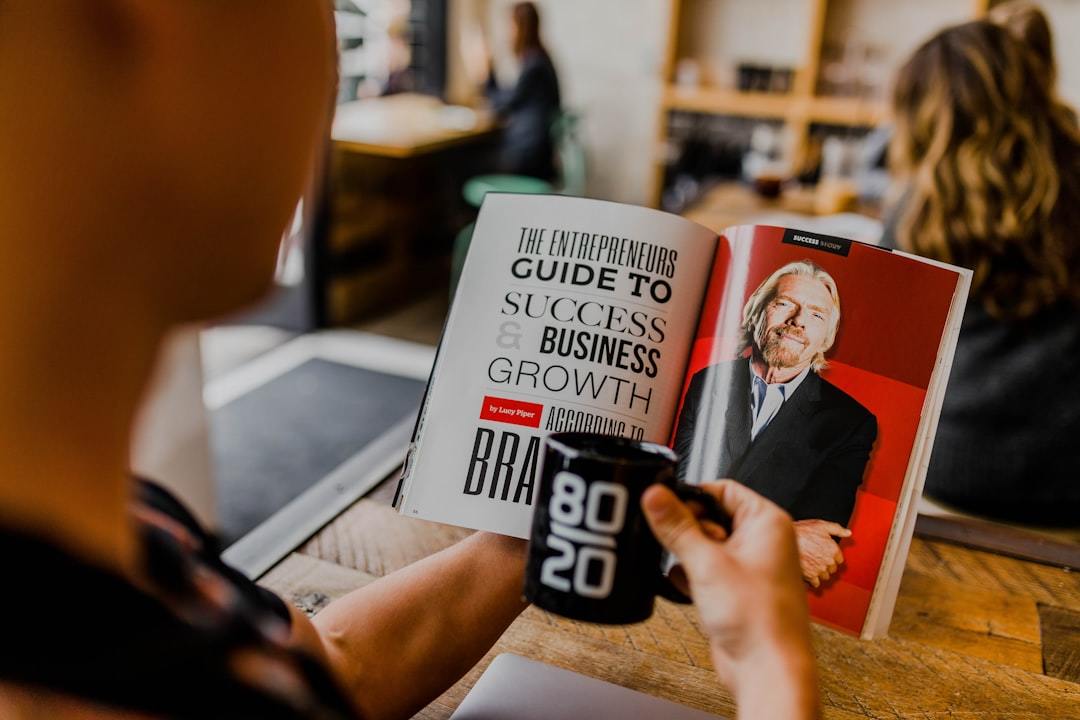You’ve worked hard to build wealth and plan for the future. You’ve made savvy investments, built a business, or maybe even inherited a little something. Now, you’re thinking about how to make that wealth last and tax planning to pass it to your children and grandchildren. That’s where the “buy borrow die strategy” for estate planning comes in.
It might sound like something only for the super-wealthy, but effective estate planning die tax is critical for anyone wanting to protect their assets. However, the extremely wealthy often employ the “buy borrow die strategy.”
This approach takes advantage of certain tax loopholes to minimize tax liabilities on significant assets, allowing them to grow exponentially and be passed down to heirs with minimal interference from the IRS. Let’s explore exactly how the “buy borrow die strategy” tax planning works and its implications for generational wealth.
Table of Contents:
Understanding the Buy Borrow Die Strategy
The “buy borrow die strategy” is a legal but controversial method of wealth preservation and tax minimization. It centers on the fact that capital gains taxes, paid on the profit from selling an appreciated asset, are only triggered upon the asset’s sale.
This strategy lets wealthy individuals benefit from their assets’ appreciation without selling them and incurring capital gains taxes. It’s a three-step process with potentially significant tax advantages, often used as a financial planning strategy to retain wealth.
Step 1: Buy Assets for Long-Term Growth
This first step involves acquiring assets like stocks with high growth potential, real estate in burgeoning markets, or even valuable pieces of art. These assets are expected to increase in value over time.
The key is holding onto these assets, allowing them to appreciate without ever triggering a taxable event like a sale. This is where you see the first benefit of the “buy borrow die strategy.”
You experience the upside potential of owning these assets and enjoying their growth without any immediate tax implications. It’s a long game of appreciation, laying the groundwork for future tax savings.
Step 2: Borrow Against Appreciating Assets
Here’s where things get especially interesting with the buy borrow die strategy. Instead of selling the now-appreciated assets to access their value (and incurring capital gains taxes), you borrow against them.
This could involve taking out loans using the assets as collateral. Due to your substantial assets, you might even access lines of credit with significantly lower interest rates. This provides readily available liquidity without liquidating your holdings, thus avoiding capital gains taxes.
The key here is that borrowing is not considered a taxable event. You’re essentially accessing and using your wealth without decreasing its overall value through capital gains taxes.
Step 3: Death and the Stepped-Up Basis Loophole
The final step of this strategy involves passing assets to heirs. Here, a crucial element of the tax code comes into play: the “stepped-up basis.”
It essentially resets the cost basis of inherited assets to their market value at the original owner’s death. In the context of the “buy borrow die strategy,” this means when the assets are passed down, the heirs inherit them at their current market value, bypassing all the capital gains tax accrued during the original owner’s lifetime.
The step-up in basis essentially erases years of potential tax liability, offering a tremendous advantage to the heirs, making it a compelling aspect of intergenerational wealth transfer.
Is the Buy Borrow Die Strategy Ethical?
There’s no question that the buy borrow die strategy raises ethical concerns. Critics argue it perpetuates wealth inequality by giving an unfair advantage to those already possessing substantial assets.
They see it as a strategy that ultimately deprives the government of tax revenue, disproportionately impacting public services crucial to lower and middle-income families. However, proponents view the “buy borrow die strategy” as a legitimate means of preserving wealth.
They see it as utilizing existing tax laws to their full advantage. Whether deemed ethical or not, the strategy underscores fundamental issues within the existing tax structures that favor the wealthy. The discussion around it fuels debates regarding fair taxation and whether or not wealth should be taxed differently than income.
Conclusion
The “buy borrow die strategy” remains a topic of intense discussion among investors, policymakers, and ethicists. While perfectly legal, the strategy, with its intricate loopholes and generational wealth implications, sheds light on critical flaws within current tax systems and the potential advantages the extremely wealthy enjoy.
Subscribe to my LEAN 360 newsletter to learn more about startup insights.





